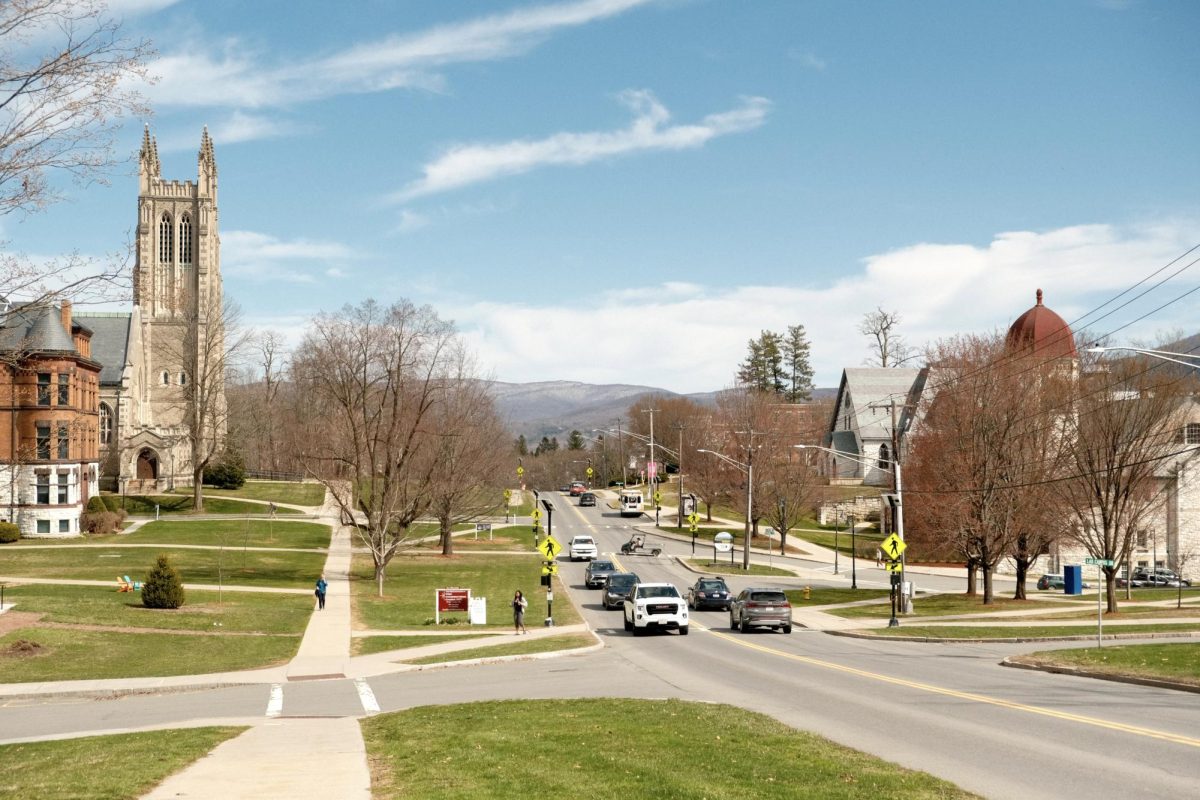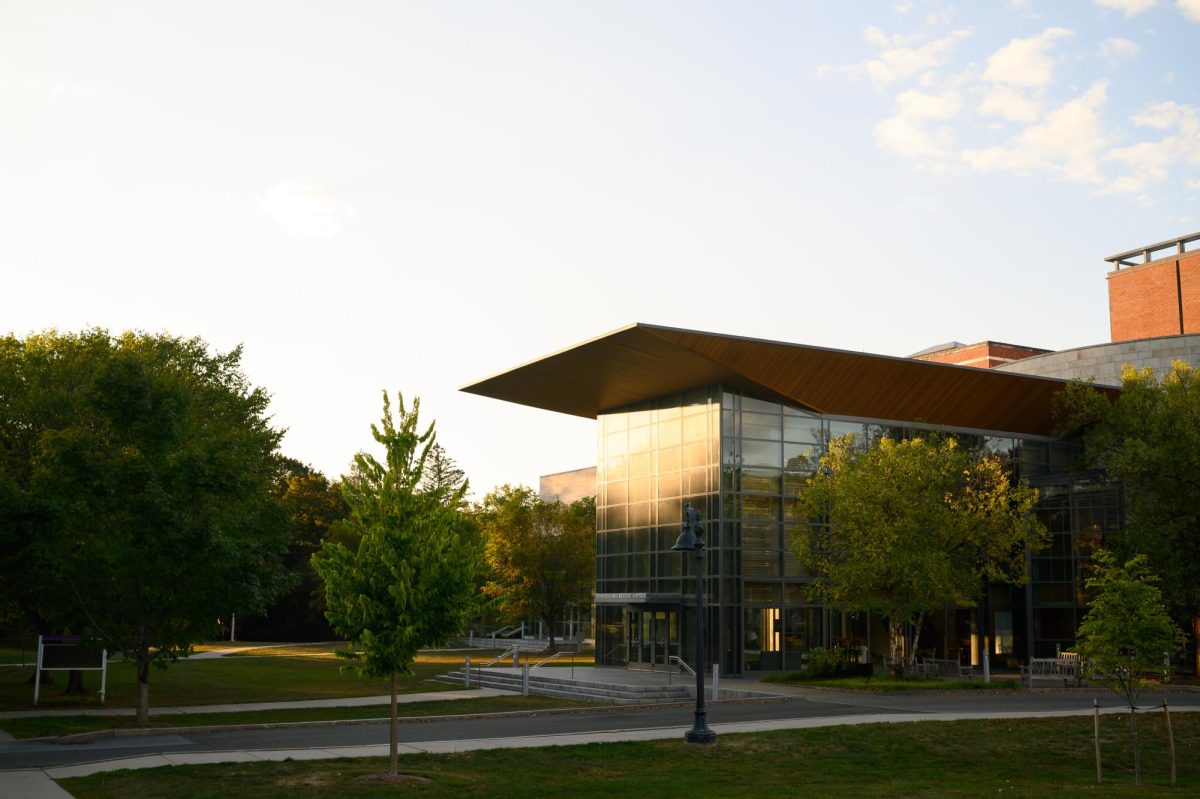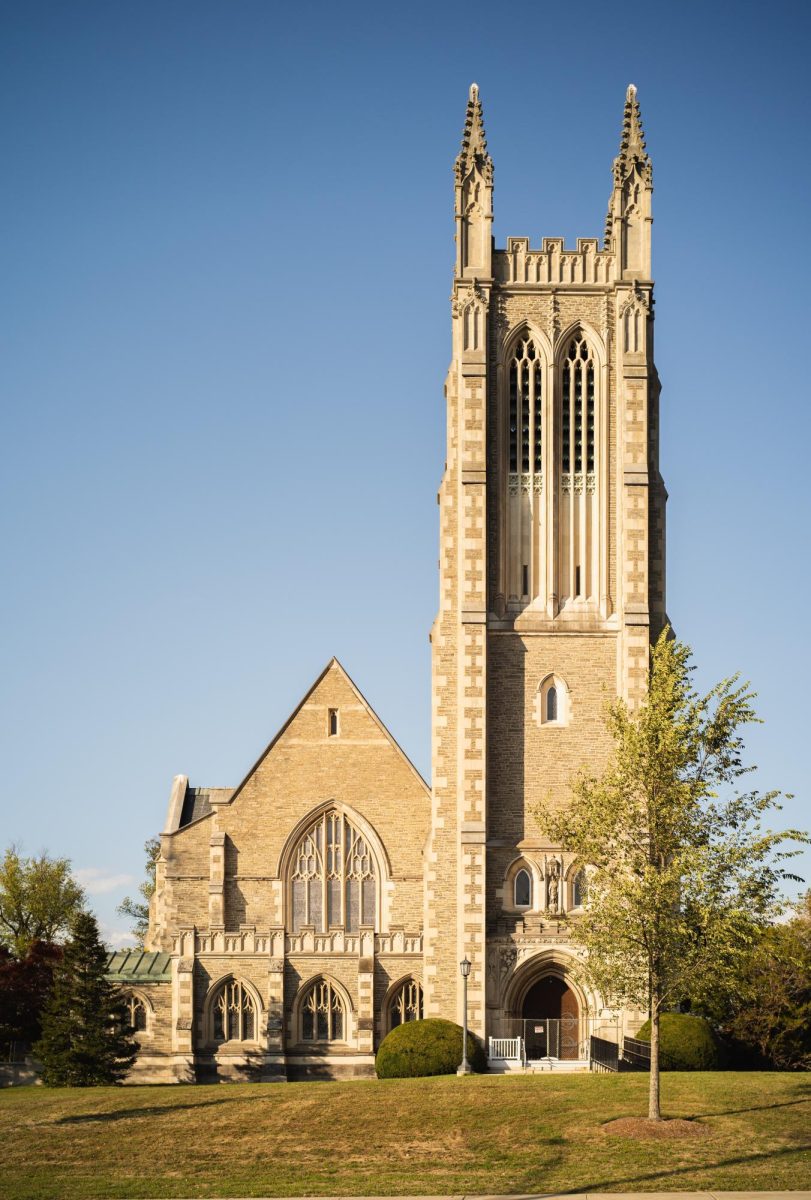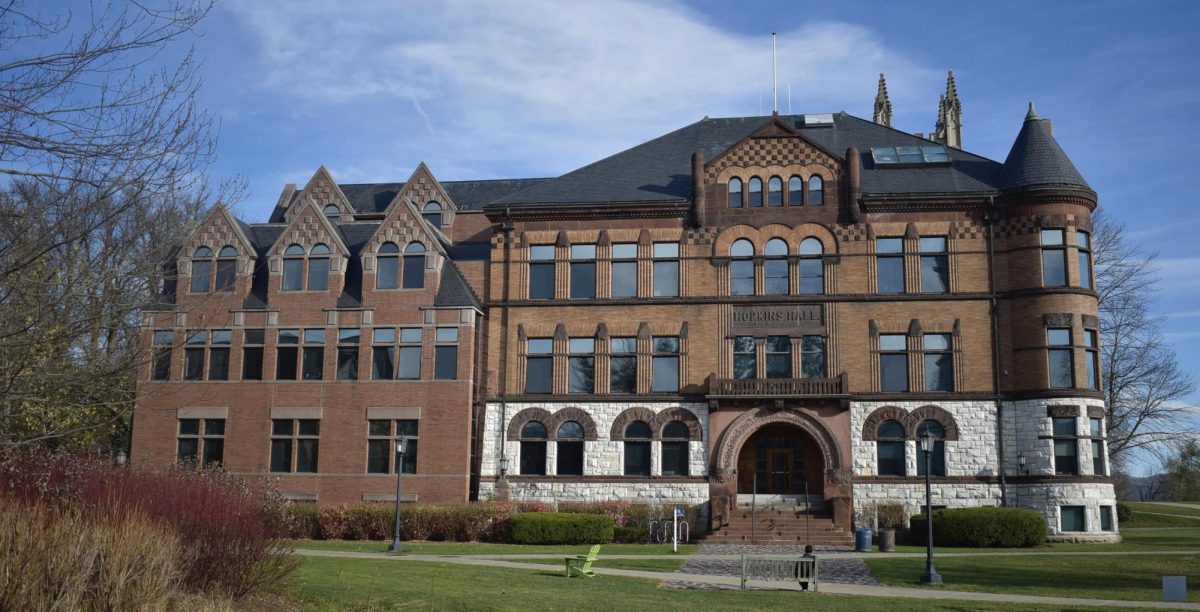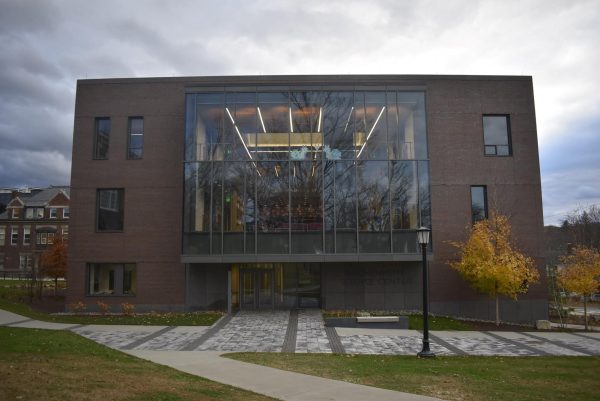
Faculty voted overwhelmingly in favor of a proposal to create independent statistics and mathematics departments at the faculty meeting on Nov. 6. As a result, the Department of Mathematics and Statistics will split on July 1, a change intended to provide statistics faculty members with more autonomy and improve administrative efficiency. The split is not expected to directly affect either department’s course offerings, major requirements, or additional programming.
The department’s chair, Cesar Silva, and associate chair, Richard De Veaux, presented the proposal — which was written by the Committee on Appointments and Promotions (CAP) and endorsed by the Committee on Educational Affairs (CEA) — at the faculty meeting, where it was approved with 86 votes in favor, one against, and one abstaining.
The Department of Mathematics and Statistics was first established in the 2001–02 academic year, and interest in statistics has increased steadily since then, according to Silva’s presentation at the meeting. In 2015, statistics became a major, and in recent years, around 15 to 25 students have majored in statistics each year, according to CAP’s proposal.
The increase in popularity is aligned with national trends, according to De Veaux. “Statistics has grown nationwide,” he told the Record in an interview. “Go look up the number of students taking the AP Stats test, and it’s just exponential.”
When De Veaux was first hired in 1994, he was the only statistician on the College’s faculty and taught introductory statistics courses to 140 students at a time. It took several years, he said, before statistics was appreciated as an independent discipline.
“We use so much math that a lot of the mathematicians looked at it as just a little branch of applied math,” he said. “It took several strong people in statistics to say, ‘We are not math. We look at the world differently.’”
Statistics major and Science and Technology Studies concentrator Sarah Hartman ’25 echoed De Veaux’s sentiment. “As I’ve gotten deeper into the statistics major, I think there are certain skills that are emphasized in the statistics major that aren’t necessarily emphasized in the math
department,” she said.
The proposal cites several potential benefits of the split, including offering faculty in both departments more time to dedicate to their respective fields. “The math faculty will have more time to talk about the details of student support and the details of courses,” Silva said.
“With a large department comprising two different disciplines, discussions about possible future curricular innovation have become challenging,” the proposal reads. “Being separate departments will enable each group to discuss issues and implement solutions relevant to their respective faculty and students.”
The proposal also notes that the creation of two separate departments will allow for more administrative efficiency and opportunities for mentoring both mathematics and statistics junior faculty.
“Currently, many tasks such as course assignments are handled separately by mathematics and statistics faculty,” it continues. “As a separate department, statistics will have a chair to oversee its own affairs, streamlining processes like faculty evaluation, curriculum development, and departmental administration.” As of now, the Department of Mathematics and Statistics has both a chair and an associate chair who each teach one of the two disciplines.
Following the establishment of the new statistics department over the summer, De Veaux said he aims to make several improvements: clarifying the differences between 100-level and 200-level courses in the statistics department, exploring the possibility of introducing one unifying 200-level course required for the major, and seeking ways to offer data science courses to non-computer science majors.
Arthur Johnson ’26, the American Statistical Association representative on the Student Math and Statistics Advisory Board — a group that plans math and statistics events such as ice cream socials, preregistration events, special colloquia, and assists in the hiring of new professors — said he was excited about the change, despite what he perceives as its lack of impact on students’ academic experience.
“Materially, we already had our own substructure, and now I just think we get that reinforced and supported by the College writ large, which is cool,” Johnson said of statistics at the College. “I’m excited for it.”





